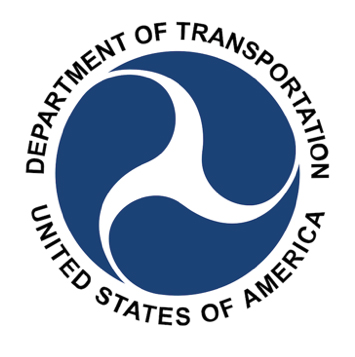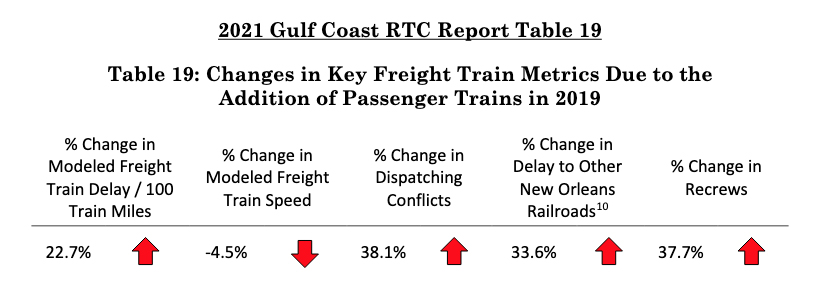 WASHINGTON — The U.S. Department of Transportation and Federal Railroad Administration call for the Surface Transportation Board to order the restoration of Amtrak service along the Gulf Coast — and offer detailed criticism of arguments by CSX Transportation and Norfolk Southern against that service — in a Tuesday filing with the Surface Transportation Board.
WASHINGTON — The U.S. Department of Transportation and Federal Railroad Administration call for the Surface Transportation Board to order the restoration of Amtrak service along the Gulf Coast — and offer detailed criticism of arguments by CSX Transportation and Norfolk Southern against that service — in a Tuesday filing with the Surface Transportation Board.
The 21-page Amici Curiae filing, noting the potentially precedent-setting nature of the STB’s ruling in future cases, argues the host railroads have “advocated for an unduly restrictive interpretation” of the statute governing passenger service, “one that lowers the bar for demonstration ‘unreasonable impairment’ [of freight service] below what Congress required.”

It also details what it considers to be a lengthy list of faults with the arguments advanced by the railroads in their filing saying the Amtrak service would lead to unreasonable impairment [see “CSX, NS say Gulf Coast passenger service would ‘devastate’ freight operations,” Trains News Wire, Nov. 4, 2021]. In the modeling used by the railroad to show potential disruptions and the need for infrastructure improvements, the DOT says these include insufficient details of features of the route that “directly affect how trains operate over the territory;” and a lack of actual numbers, as opposed to just percentage changes in matters such as delays and train speeds, that make it “impossible to judge the likelihood that the reported percentage changes are either operationally or statistically significant.”
As a result, and “in light of the precedential impact of this case,” the DOT asks that the STB approach those analyses with caution, writing, “Host railroads should not find encouragement in future disputes to unduly withhold any important, non-sensitive details bearing up on the provision of passenger service.”
The filing also argues that the CSX/NS filing depends too heavily on construction of new track “without adequate account of more modest solutions, like improved use of existing infrastructure and better dispatching” and “does not appear to investigate other potential changes … that might address capacity constraints without the need for costly capital improvements.”
It also asks that any infrastructure or other measures ordered by the board be determined through a process “that is object, transparent, and provides a clear basis for public investment;” that further delay in starting passenger service “is particularly unwarranted,” and that the board retain jurisdiction to “ensure that its order is carried out expeditiously.”














This is nothing but a wish list of CSX and NS. This crap is the same thing all railroads used trying to prevent Amtrak using their track. This form of “financial” begging worked for sometime during Amrak’s beginnings. But, it is old hat now and I predicted this would occur. You tell me how two 5 to 10 car passenger trains a day need several 12,000 ft sidings, and miles of double track on a route that sees only 4 freights a day ! Geeeesssse ! The sky is falling. The sky is falling.
I understand the host roads wanting to “be made whole”. But, that’s a moving target depending on what they assume for future traffic levels.
Certainly, the RRs aren’t planning on capital investment to keep the current level of performance with increasing traffic. They’ll accept some level of increased delay as traffic grows.
That is the level of reasonableness that needs to apply to Amtrak service, as well.
(and you really need the absolute numbers to figure this stuff out)